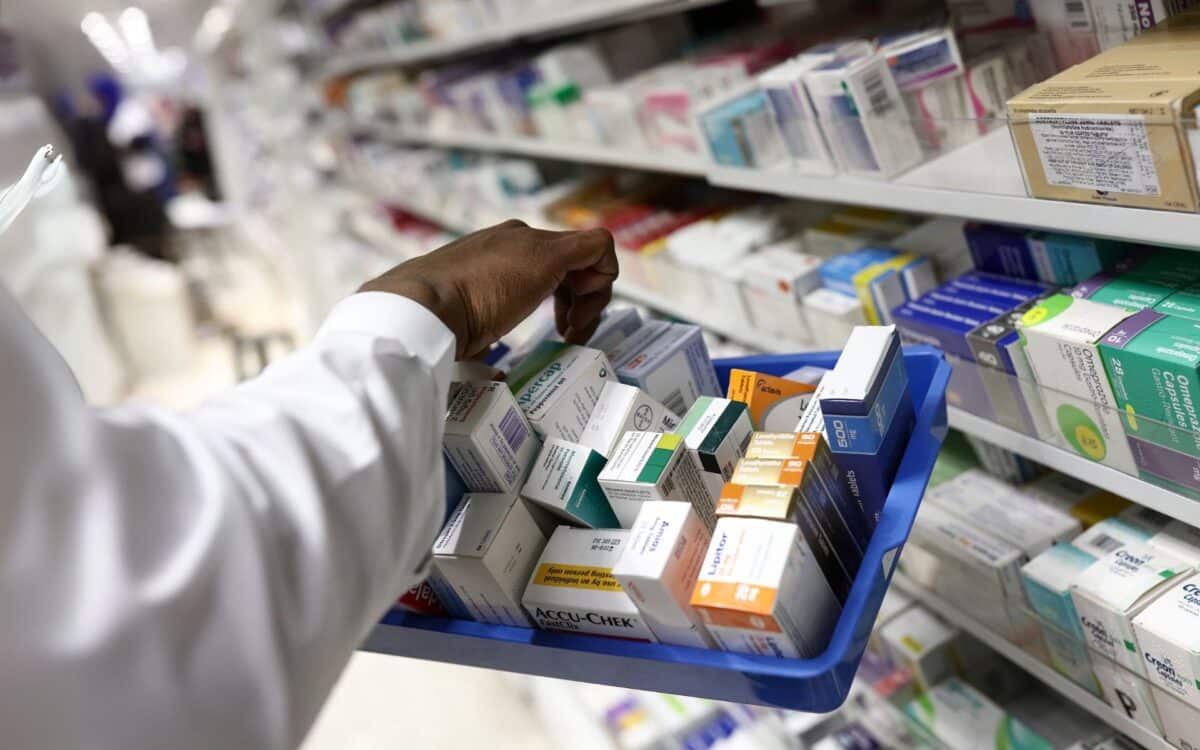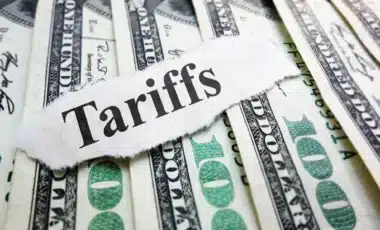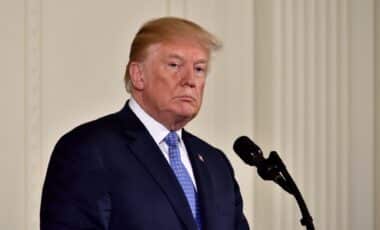U.S. pharmaceutical companies are likely to shoulder the immediate financial burden of newly proposed import tariffs, a move that could spare American consumers from short-term price increases at the pharmacy counter.
Industry analysts suggest that manufacturers will absorb these costs in the near term due to fixed pricing agreements and competitive pressures across therapeutic categories.
According to Reuters, the proposed measures have already prompted firms to accelerate shipments and stockpile inventories.
While these strategies may provide temporary relief, the pharmaceutical industry faces longer-term challenges, including potential cuts to research budgets, staffing reductions, and structural shifts in global manufacturing operations.
Insurers Act as a Buffer Between Patients and Drugmakers
Health insurance providers in the United States continue to act as intermediaries in the pharmaceutical pricing chain, shielding most patients from direct price increases.
Since most prescription drug costs are covered by insurers, with patients paying co-pays or co-insurance, the immediate effect of new U.S. tariffs on imported drugs is expected to fall primarily on drug manufacturers.
Patented drugs are already generally set at the price the market will bear, so in that sense manufacturers are not likely to substantially increase the prices of these drugs – said Melissa Barber, a postdoctoral fellow at Yale University and an expert on drug pricing.
Tariffs Could Add Tens of Billions in New Costs
While details on the timing and scope of proposed tariffs remain uncertain, the potential financial impact is significant. The U.S. imported nearly $213 billion worth of pharmaceutical products in the last year, up from $73 billion in 2014, according to United Nations trade data.
An estimate by Bernstein Societe Generale suggests that tariffs could add $46 billion in costs to an industry with annual global revenues of about $700 billion.

The Trump administration has initiated a national security investigation to justify potential tariffs aimed at increasing domestic pharmaceutical manufacturing. Industry groups have responded by lobbying for phased-in tariffs to allow time for adjustment.
In anticipation of possible import duties, several manufacturers have reportedly accelerated shipments and stockpiled inventories, moves designed to mitigate any disruption in 2025 financial outlooks and limit short-term pricing pressure.
Generic Drugs Under Tighter Margin Pressure
Analysts and industry observers agree that the real risk lies in the generic sector, which comprises over 90% of U.S. prescriptions but only 17% of spending, according to the Association for Accessible Medicines. These products, mostly sourced from India and China, operate under very thin margins.
The real downstream impact would be cost-cutting by companies,
said Bill Coyle, head of biopharma at consulting firm ZS. According to ING analyst Diederik Stadig, a 25% tariff on imports from India could translate to a 17.5% increase in the cost of generics, a figure that companies may be unable to absorb or pass along.
Job Cuts and R&D Reductions Seen as Likely Outcomes
Pharmaceutical executives warn that tariff costs will eventually affect internal operations. Eli Lilly CEO Dave Ricks, in an interview with the BBC, stated that
Prices for the company’s drugs are fixed under commercial and government agreements, so we have to eat the cost of the tariffs.
He added that such financial burdens would “typically” lead to reductions in staffing or research and development activity.
Companies such as Lilly, Novartis, and Johnson & Johnson have already announced plans to expand their U.S. manufacturing capacity, although these projects will require years to complete.
Over the last two decades, the industry has moved substantial portions of its production operations abroad, including to Ireland and other EU countries, to benefit from low tax regimes on intellectual property. Major products affected by this shift include Zepbound (Lilly’s weight-loss injection) and Keytruda (Merck’s cancer immunotherapy).
U.S. Market Remains Primary Revenue Driver
Despite global operations, the U.S. remains the primary revenue source for most major pharmaceutical firms. In 2022, the U.S. accounted for 50% of global pharmaceutical revenue, while representing only 13% of global prescription volume, according to the Iqvia Institute for Human Data Science.
A 2022 study by the RAND Corporation found that U.S. health plans pay more than three times the price of brand-name drugs compared to other high-income countries, even after accounting for discounts. A Reuters review of newly negotiated Medicare prices for its 10 most expensive drugs showed that U.S. costs remain two to five times higher than those accepted by drugmakers in comparable foreign markets.
Tariffs as Leverage for Price Reform
Some experts suggest that tariffs could be used as a negotiating tool to address the gap between U.S. and international drug pricing.
It’s the threat of tariffs that could bring pharmaceutical manufacturers and payers to the table sooner rather than later (to) talk about price – said William Padula, professor of pharmaceutical and health economics at the University of Southern California.
While consumers are unlikely to see immediate changes at the pharmacy counter, the long-term effects of tariffs may reshape both the structure and strategy of the global pharmaceutical supply chain, with potential consequences for pricing, innovation, and market competition.









